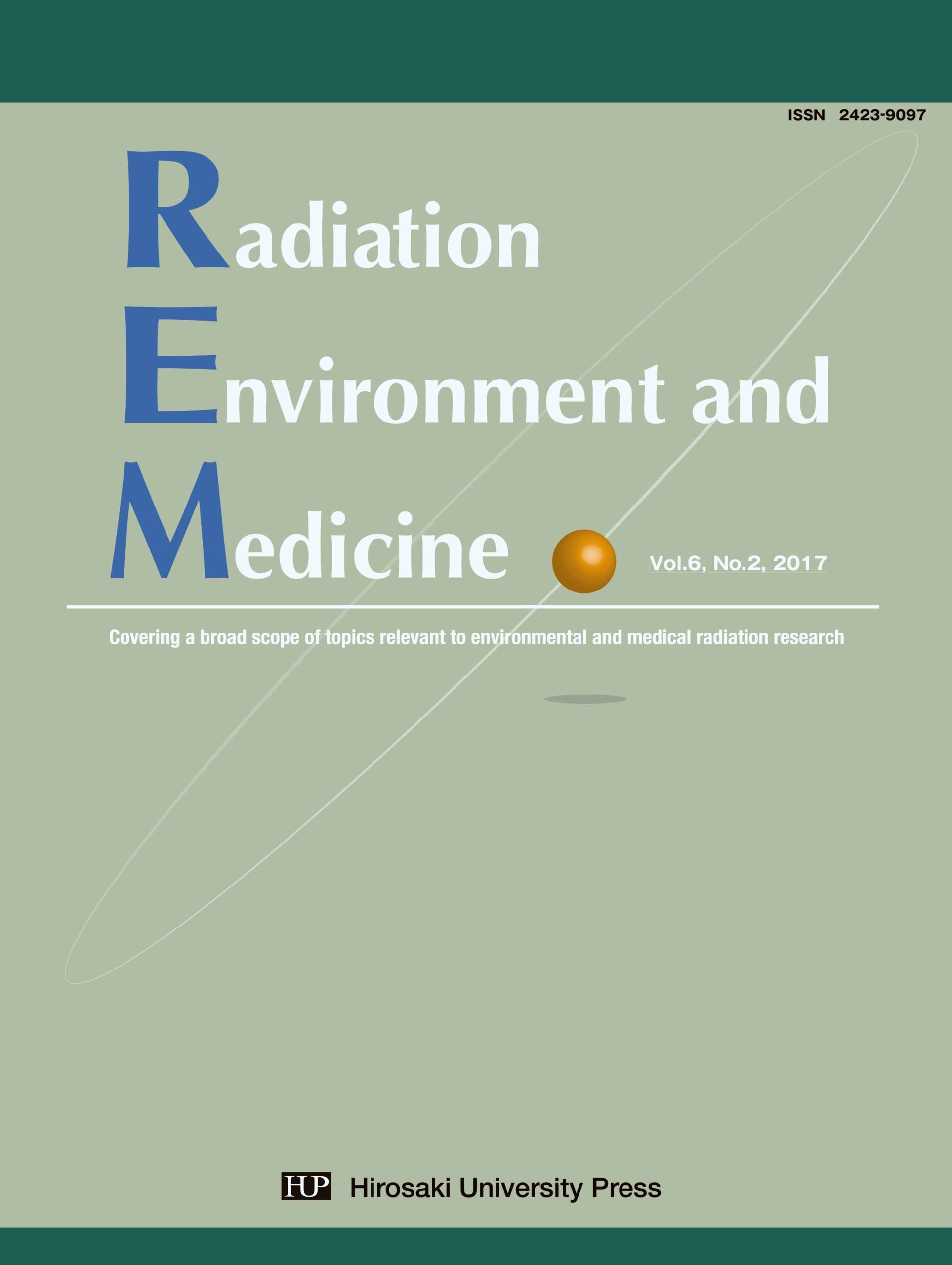Radiation Monitoring in Ireland – The Impact and Lessons Learned from Nuclear Accidents
Kevin Kelleher*
Office of Radiation Protection and Environmental Monitoring, Environmental Protection Agency, Ireland
Radiat Environ Med (2017) 6 (2): 49-54
- Abstract
The Environmental Protection Agency (EPA) Ireland monitors both natural and man-made radioactivity in the Irish environment. This radiation monitoring programme has evolved over time as a result of legislative requirements, the inventory of anthropogenic radioactivity in the Irish environment and as a response to nuclear accidents. The three most significant nuclear accidents from an Irish perspective are the Windscale fire in October 1957, the Chernobyl accident in May 1986 and the Fukushima accident in March 2011. As a result of these accidents, the radiation monitoring capabilities and expertise in Ireland has increased and there have been significant developments in the areas of emergency preparedness and response to nuclear accidents. In order to respond ef fectively to nuclear accidents it is important that Ireland maintains an integrated comprehensive monitoring network, engages all relevant stakeholders, communicate effectively and to continue to develop resources taking into account the lessons learned from past accidents and international best practice.



